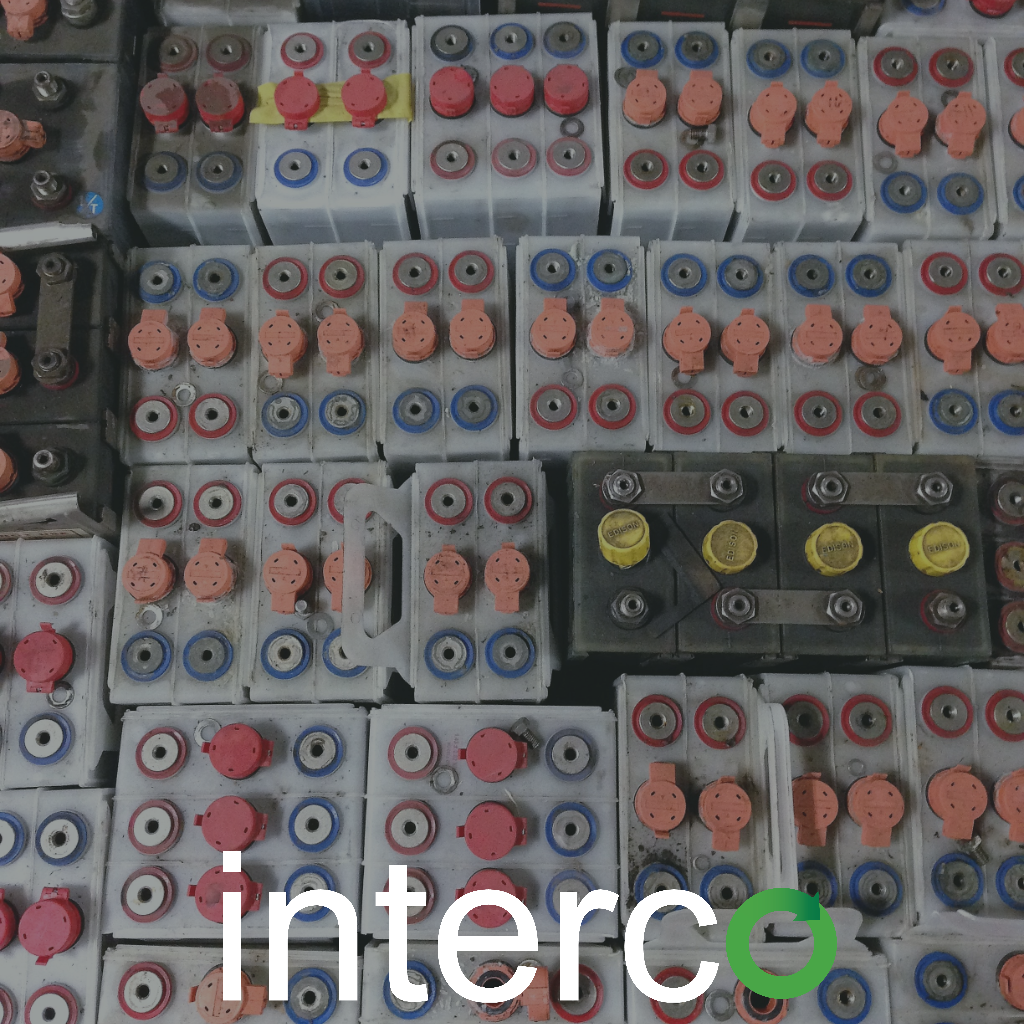Why is Recycling Lead Acid Batteries Important?
Lead acid batteries are a rechargeable power source. They are mainly used as backup power supplies and to power things like:

- Automobiles
- Electric scooters
- Electric wheelchairs
These are just a few examples of items that are powered by or use lead acid batteries. The acid provides the electrochemical effect that powers these machines. Eventually, lead acid batteries wear down mostly due to loss of water, overcharging and sulfation. Since we have examined lead acid batteries themselves, it is crucial to see why it is so important to recycle lead acid batteries.
The Importance of Recycling Lead Acid Batteries
Recycling of lead acid batteries provides several environmental benefits. A few of these benefits include:

- Prevents toxic acids from being released into the environment
- Protects natural resources
- Reuses valuable materials
- Reduces landfill population
- Reduces pollution
Through the recycling of lead acid batteries, toxic acids (i.e. sulfuric acid) are safely disposed of rather than being released into the environment. This helps to protect natural resources.
Additionally, there are numerous reusable materials within lead acid batteries. A couple of these include polypropylene plastic, sulfuric acid and lead. Reusing these materials can lead to a reduction in landfills and less overall pollution.
Now that the importance of the recycling process has been discusses, one must be acquainted with the recycling process itself.
How to Recycle Lead Acid Batteries
The environment and safety are always the top priority to recyclers when recycling lead acid batteries. This is why the recycling process mostly takes place in a controlled environment far from residential areas. Recycling of lead acid batteries consists of:

- First, collecting used or dead lead acid batteries.
- Next, recycling companies neutralized the acids.
- Then, a hammer mill breaks down the battery through the hammering process.
- Subsequently, professional recyclers place the broken pieces in a vat so that the lead plates and other heavy materials will sink to the bottom while the plastic floats.
- Afterwards, they transport the polypropylene plastics into a plastic recycler to melt and refine them.
- Furthermore, the recyclers clean the lead plates and melt them in furnaces. Then, they cast the molten lead into an ingot mold. A few minutes later, the impurities float to the top and recyclers scrap them.
- Finally, they re-melt the pure ingot casts to use them in new batteries.
Recycling lead acid batteries is extremely vital because these batteries contain very toxic materials. Indiscriminate dumping of these materials could have a colossal negative impact on the environment. Because of this, many countries have banned incinerating or dumping lead acid batteries. Recycling of lead acid batteries also protects natural resources, reuses valuable materials, reduces pollution and more. Services like Interco purchase scrap lead acid batteries to recycle them appropriately.
Conclusion
All in all, machines like automobiles, electric scooters, electric wheelchairs, and much more use lead acid batteries as a power source. Recycling lead acid batteries prevents toxic gasses from polluting the environment, reuses valuable materials, reduces pollution and even more. Again, recycling services like Interco even purchase lead acid batteries to recycle them correctly.
To learn more about how to recycle lead acid batteries with Interco, click here to get a quote.